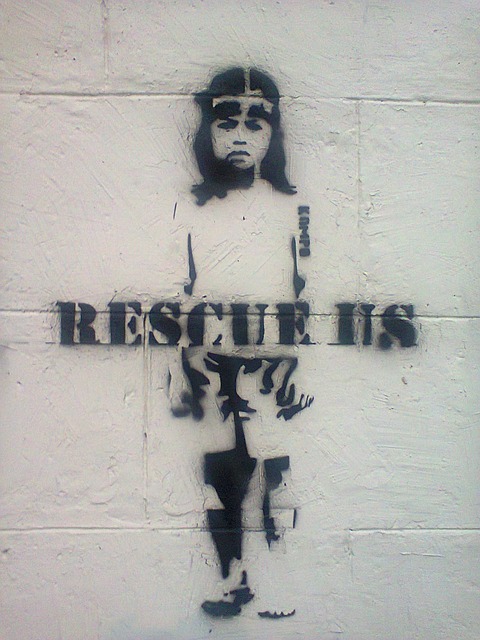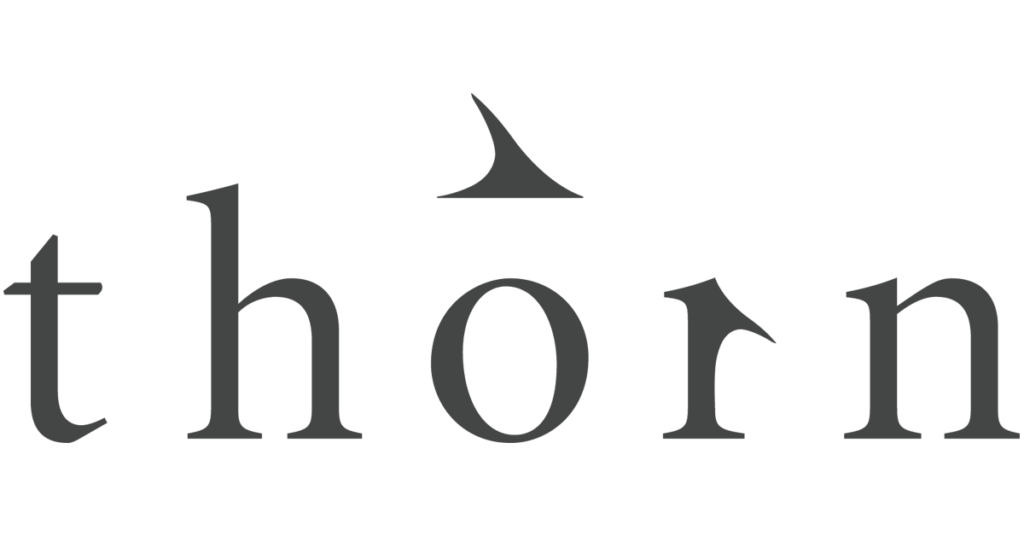In February, Ashton Kutcher gave a powerful speech to the Senate Foreign Relations Committee. He discussed human trafficking and child pornography as well as the efforts of his non-profit organization, Thorn, to counter it. Founded by Kutcher and ex-wife Demi Moore in 2009, the organization (formerly known as DNA until the couple’s split in 2012) conducts much needed research in the field. As “digital defenders of children,” Thorn also develops tools and software based on data they collect to more quickly identify victims, disrupt platforms and deter predators.
What exactly is human trafficking? Most of us probably have a sense of what it is from the news or movies we watch. In reality, trafficking occurs anytime a person is a unit of trade and induced to perform labor or services through force, fraud or coercion. Sex trafficking, or forced prostitution, involves someone engaging in a commercial sex act against their will, and because minors do not have the legal capacity to consent, any commercial sex act involving a person under 18 is considered sex trafficking. Contrary to popular belief, trafficking does not necessarily require crossing borders or traveling. It does, however, typically involve three parties: the victim, the seller and the buyer.
Another myth is that human trafficking is synonymous with human smuggling. While human smuggling is the transport of persons (sometimes voluntary), trafficking refers to the trade of humans as objects, in other words, modern-day slavery. Many people think that human trafficking is something that happens only in the illegal underground of third world countries far away. However, most countries are touched by trafficking, whether they are sites of origin, transit, destination or internal trafficking. Cases have been reported here in all fifty states—it happens closer and more often than you think. SF Mayor Ed Lee announced in October that nearly 500 cases of human trafficking were reported in the city alone in 2015. Of the 499 victims identified, almost all were exploited for commercial sex, and 122 were minors. In 2016 authorities arrested two exploiters after uncovering a sophisticated sex-trafficking ring in Alameda and San Mateo counties. Another San Mateo exploiter was sentenced last month to 46 months in prison and forced to forfeit more than $5.2 million.

Here are more statistics. It’s important to bear in mind that the actual numbers are likely to be higher because nowhere near every case is reported:
- Human trafficking is a global industry of $32 billion.
- The National Center for Missing and Exploited Children (NCMEC) reviewed 22 million images and videos of suspected child sexual abuse imagery in its victim identification program in 2013—more than a 5,000% increase from 2007.
- 19% of identified offenders in a survey had images of children younger than 3 years old; 39% younger than 6 years old; and 83% younger than 12 years old.
- 63% of underage sex trafficking victims said they had been advertised or sold online.
- An estimated 199,000 incidents of sexual exploitation of children occur in the United States each year.
Thorn recognizes that with the advent of the Internet and ever-advancing technology, those who mean to do harm can do so more easily with fewer risks of being caught. Leveraging technology is the only conceivable way to protect the innocent and bring perpetrators to justice. Based in San Francisco, Thorn’s mission specifically seeks to eradicate child sexual exploitation (child sexual abuse imagery, live-streaming child abuse, trafficking of sexually-exploited minors), and its task force is made of the biggest names in tech.

Thorn logo
To combat sexual predators, Thorn has developed and applied several tools. Spotlight, a web-based application, processes data from online commercial sex markets and allows law enforcement to identify victims and traffickers faster and more effectively, ultimately leading to recovery in some cases. Spotlight is now used in all fifty states and has identified more than 6,000 victims to date. But surveilling the Clearnet addresses only one place where offenses occur: many perpetrators infiltrate the dark web so they can be perverts incognito. Creeps won’t be able to do their filthy business in the dark much longer, however. Thorn continues its work to launch Solis, a tool that scours underground networks to help investigators uncover information. The organization’s work is not limited to catching pedophiles; they’re focused on recovery and victim support too. In 2013 Thorn partnered with the Polaris National Human Trafficking Hotline, Twilio and the Salesforce Foundation to offer a text shortcode for the national hotline. This allows victims to send a text discreetly and reach out for help when making a phone call is completely out of the question.
Watch this video for an overview of Thorn and its work, or visit its website here.
By: Frances Lai

